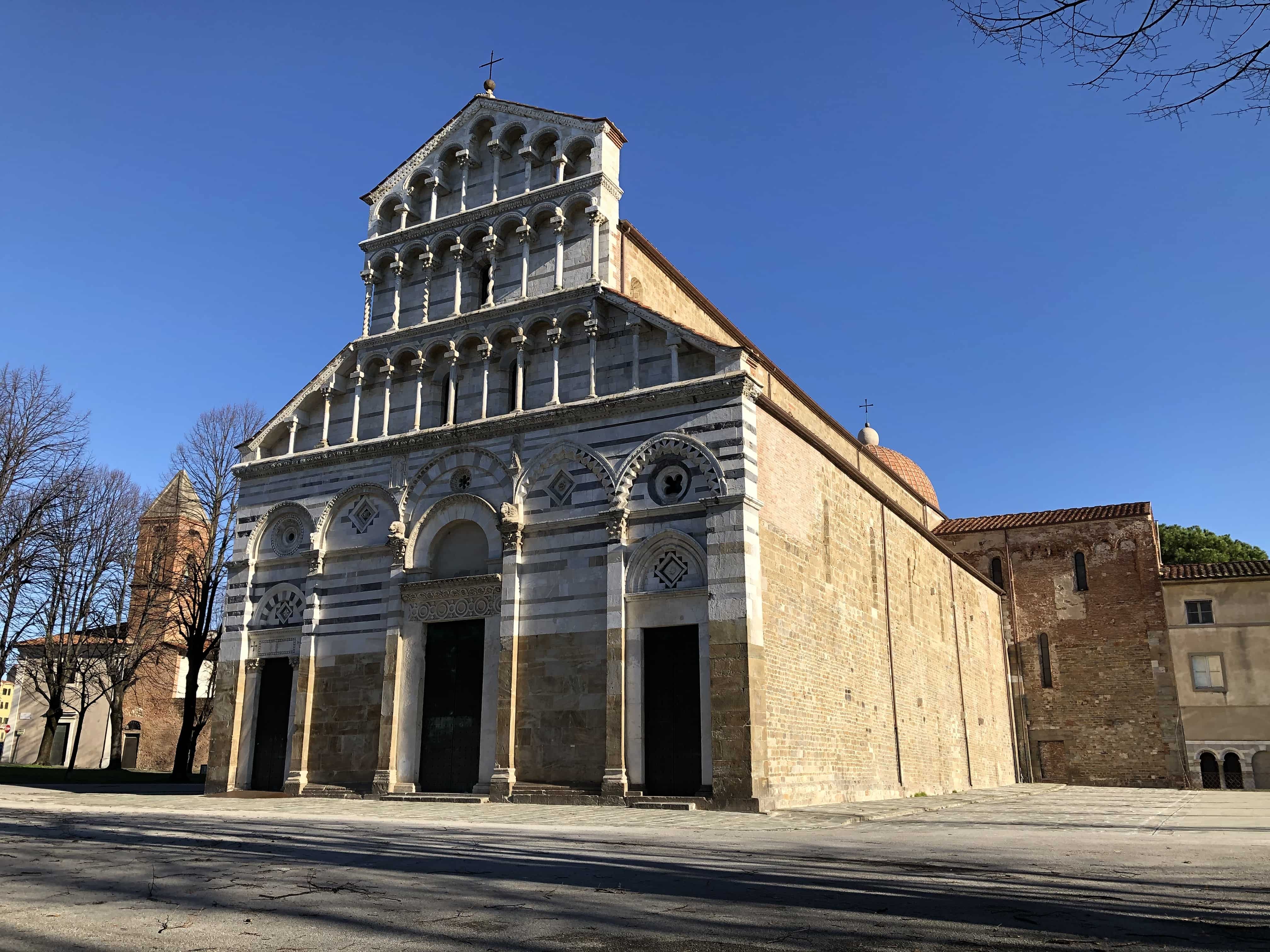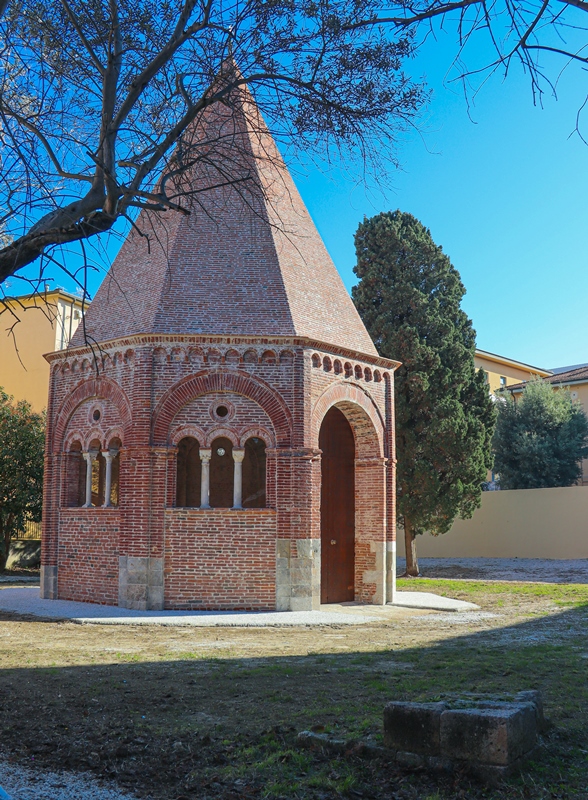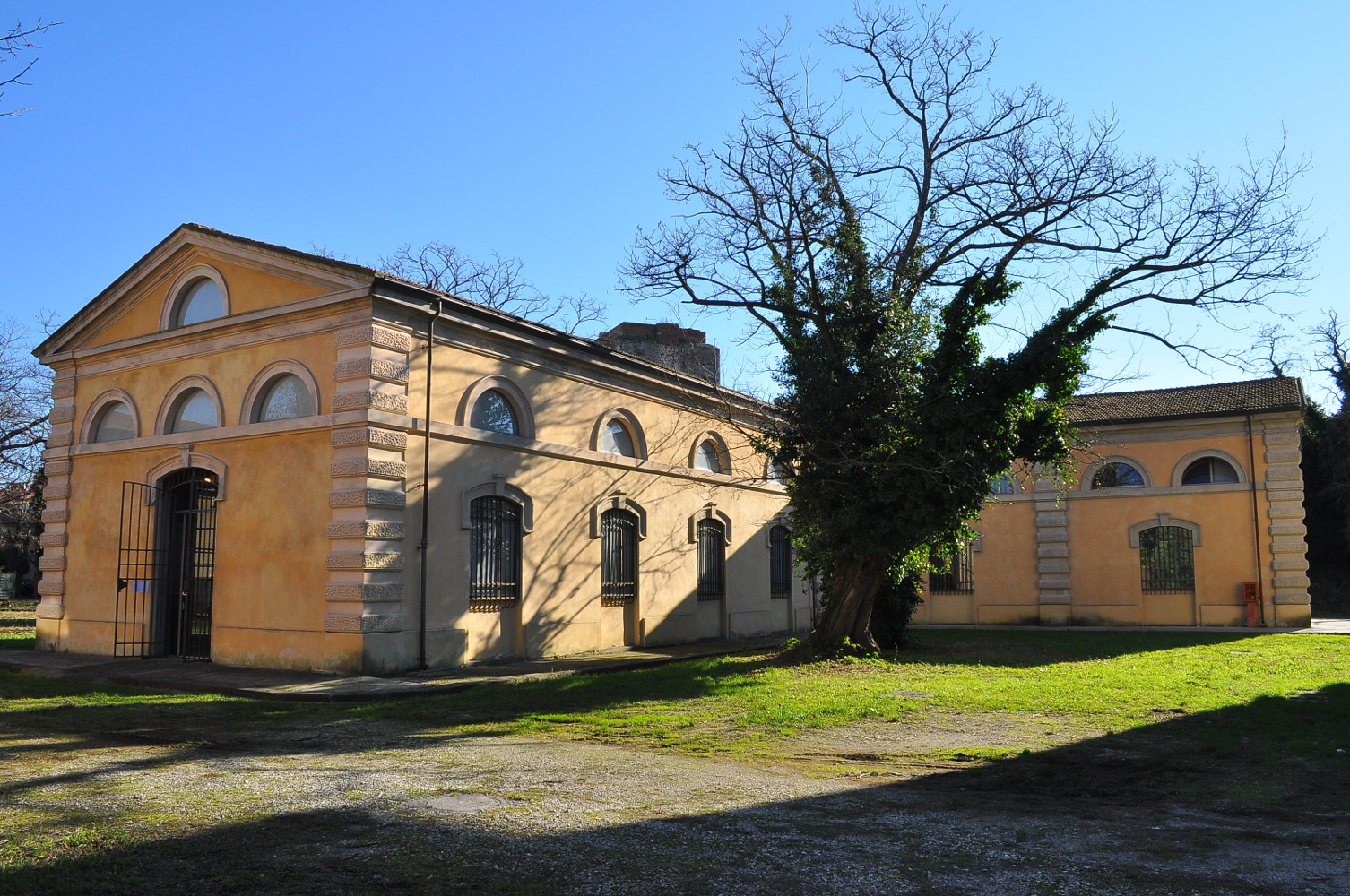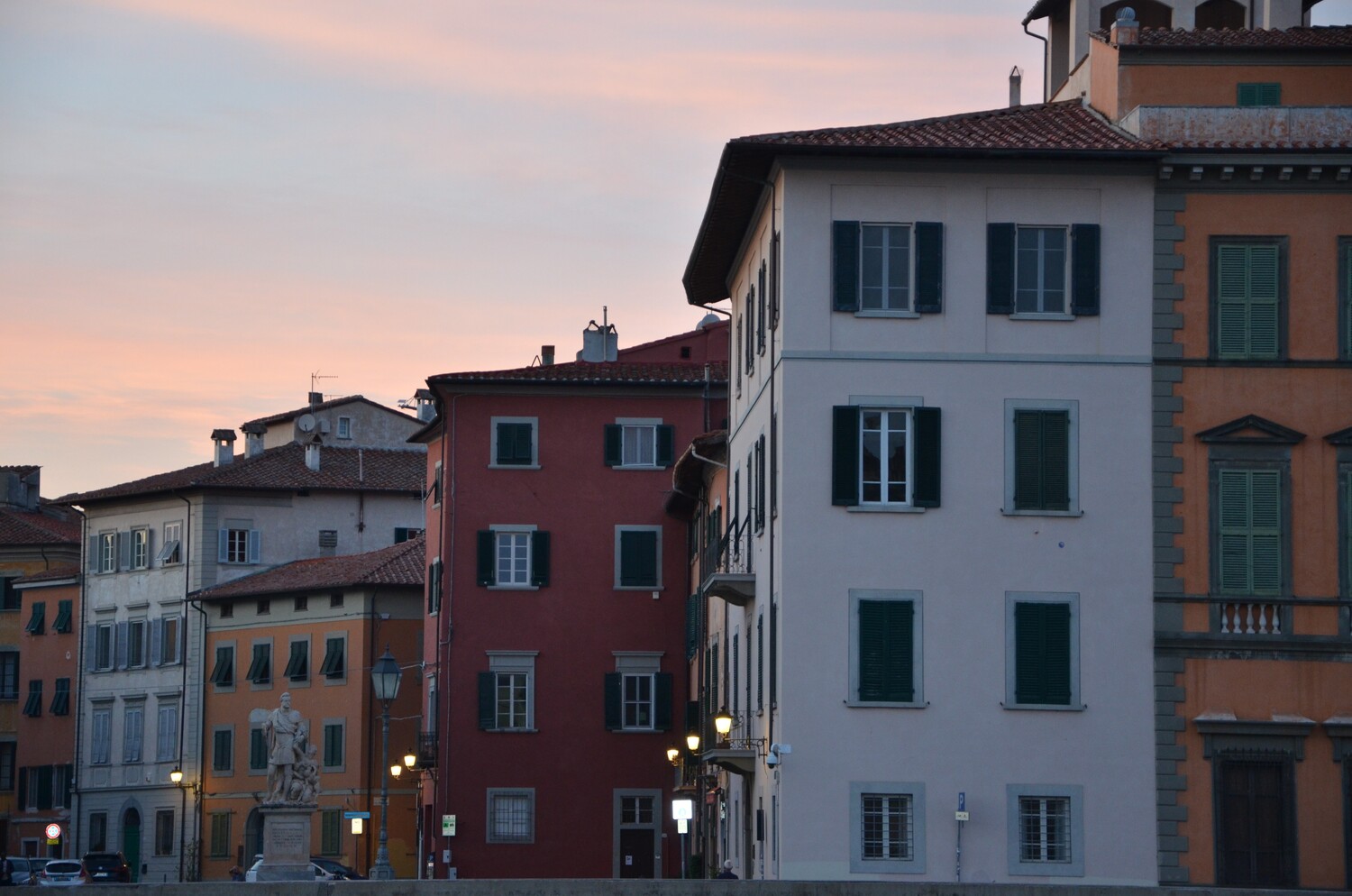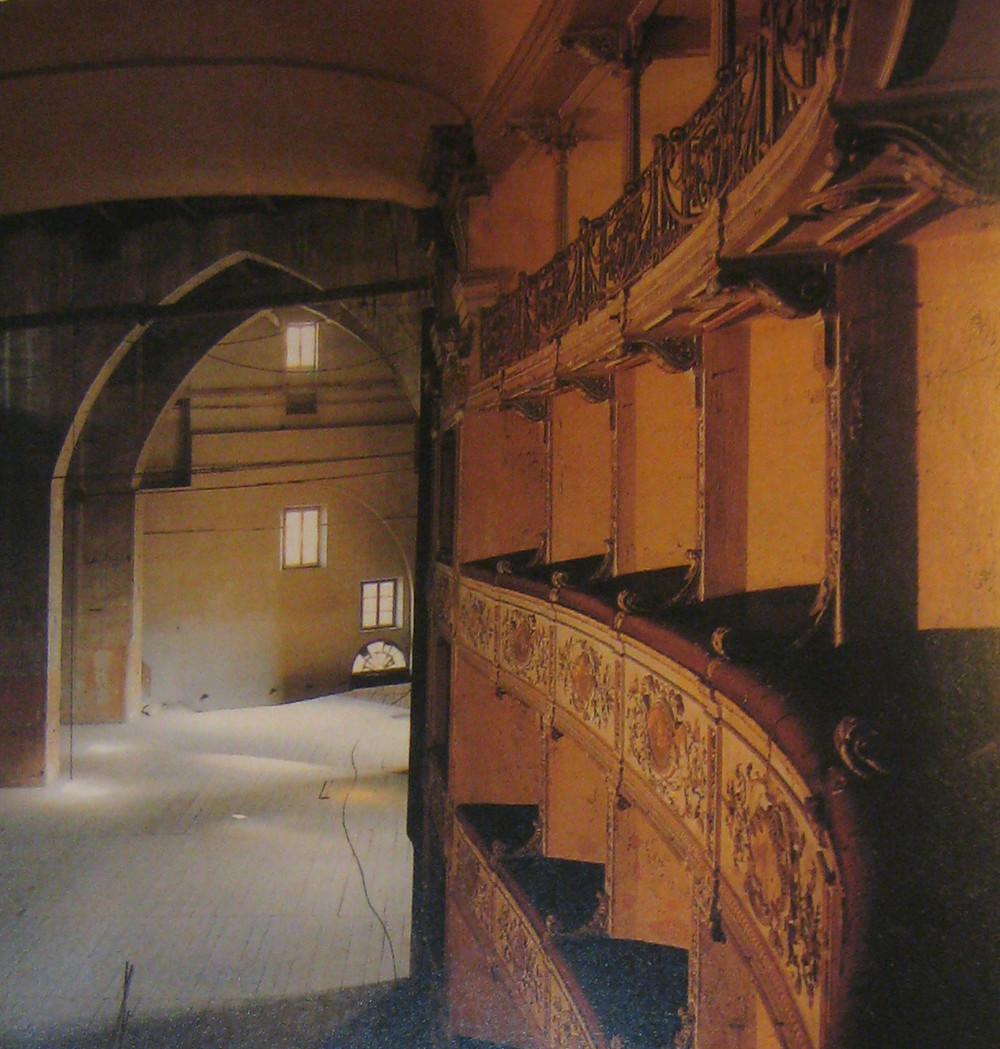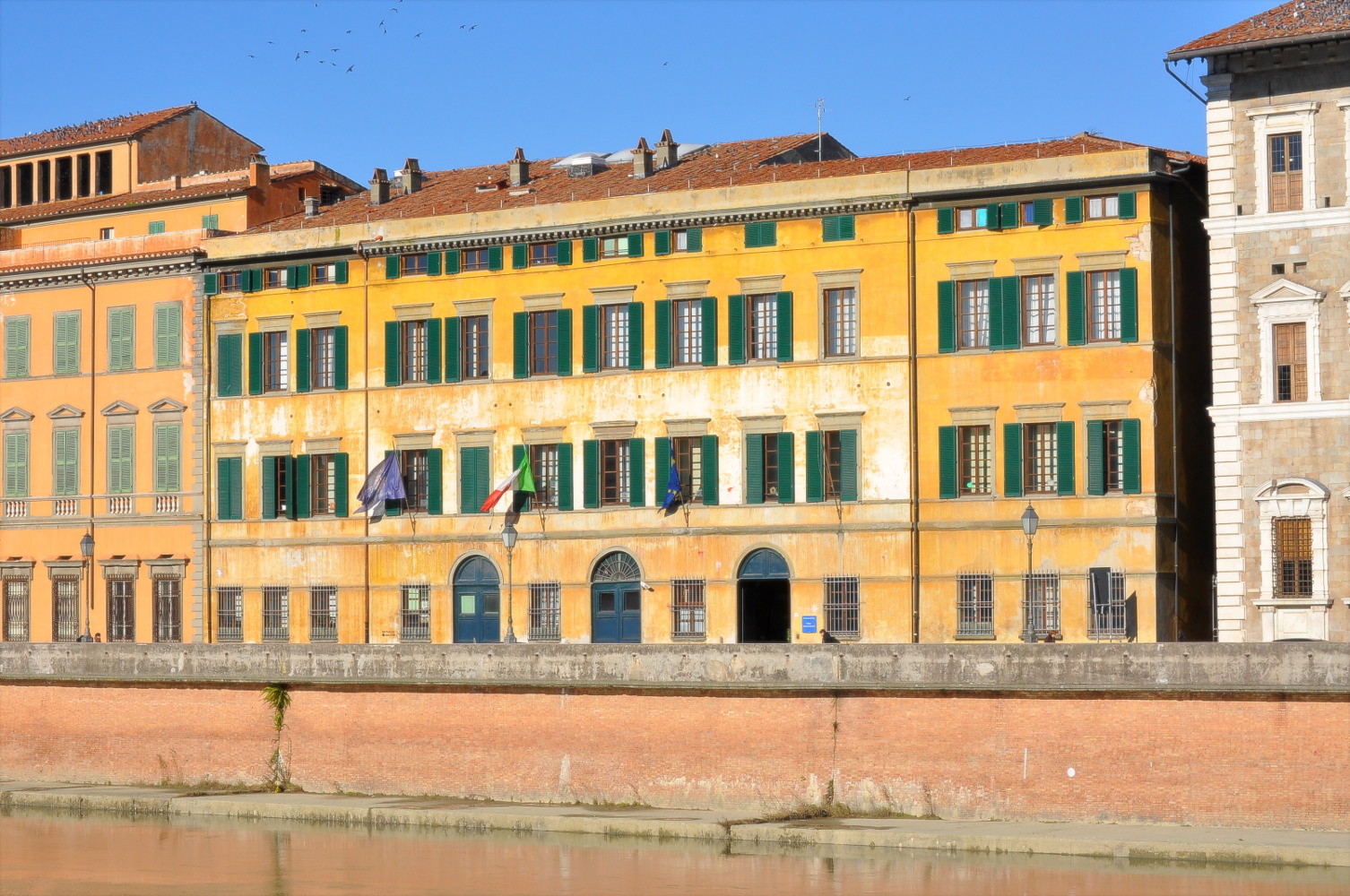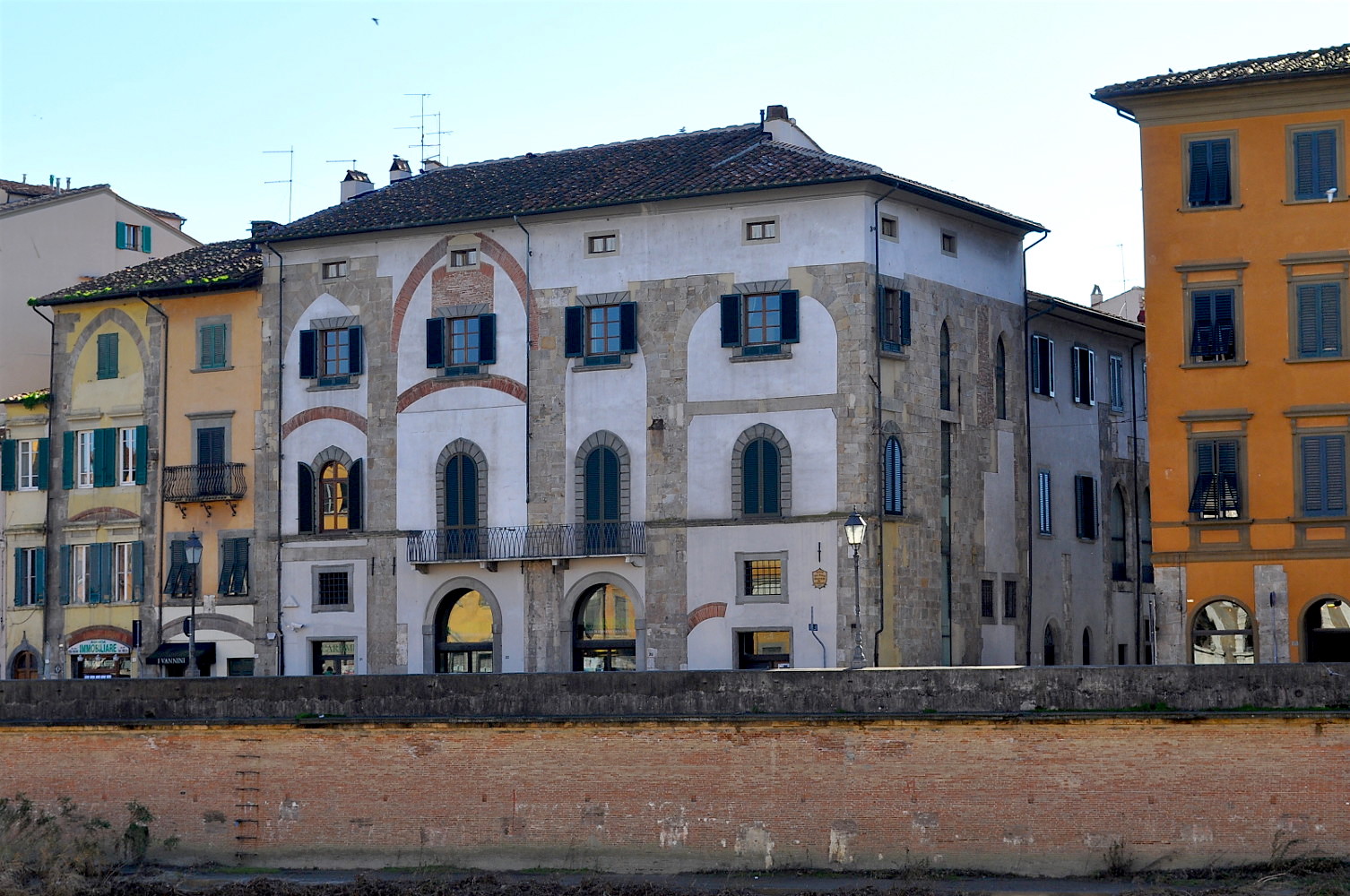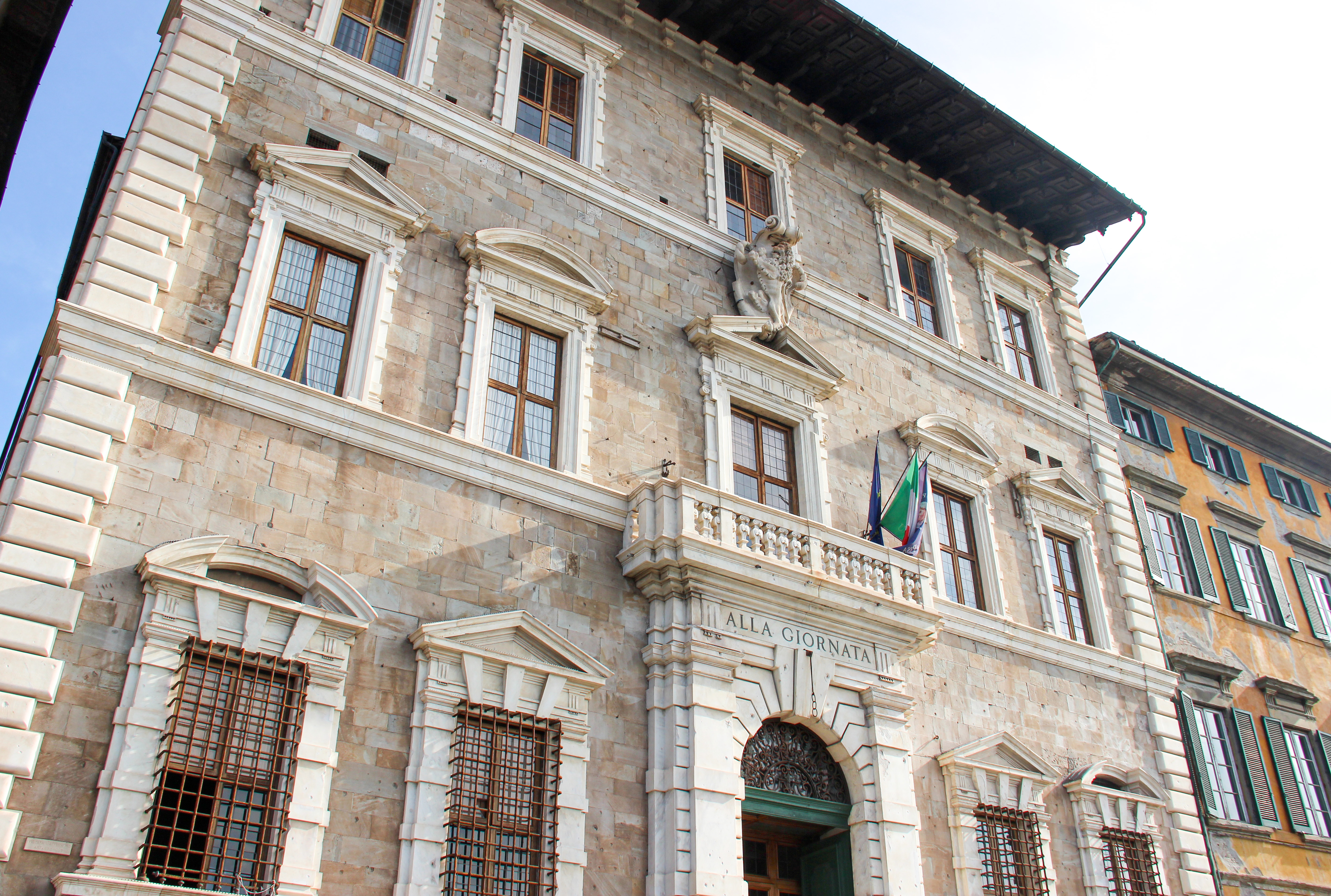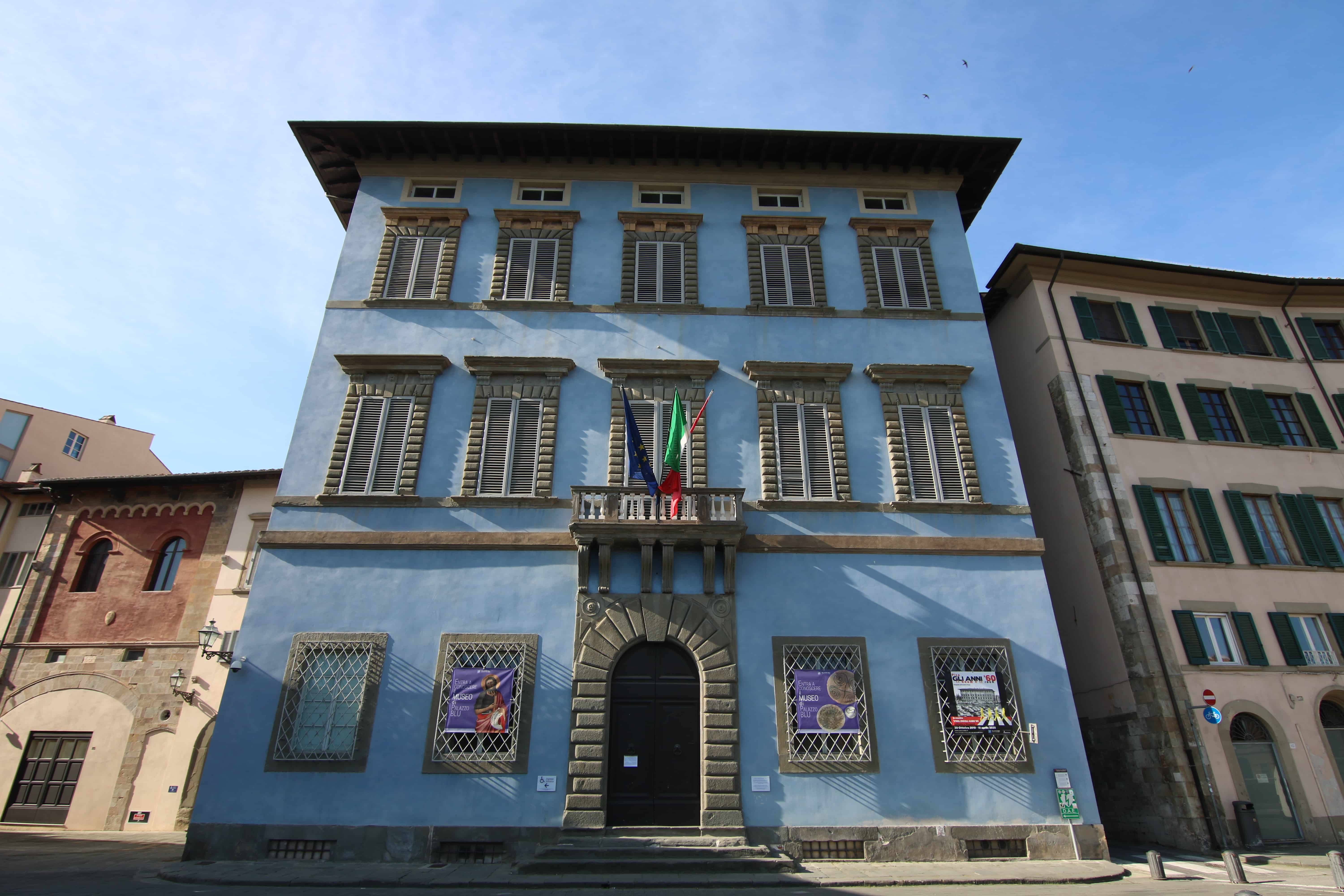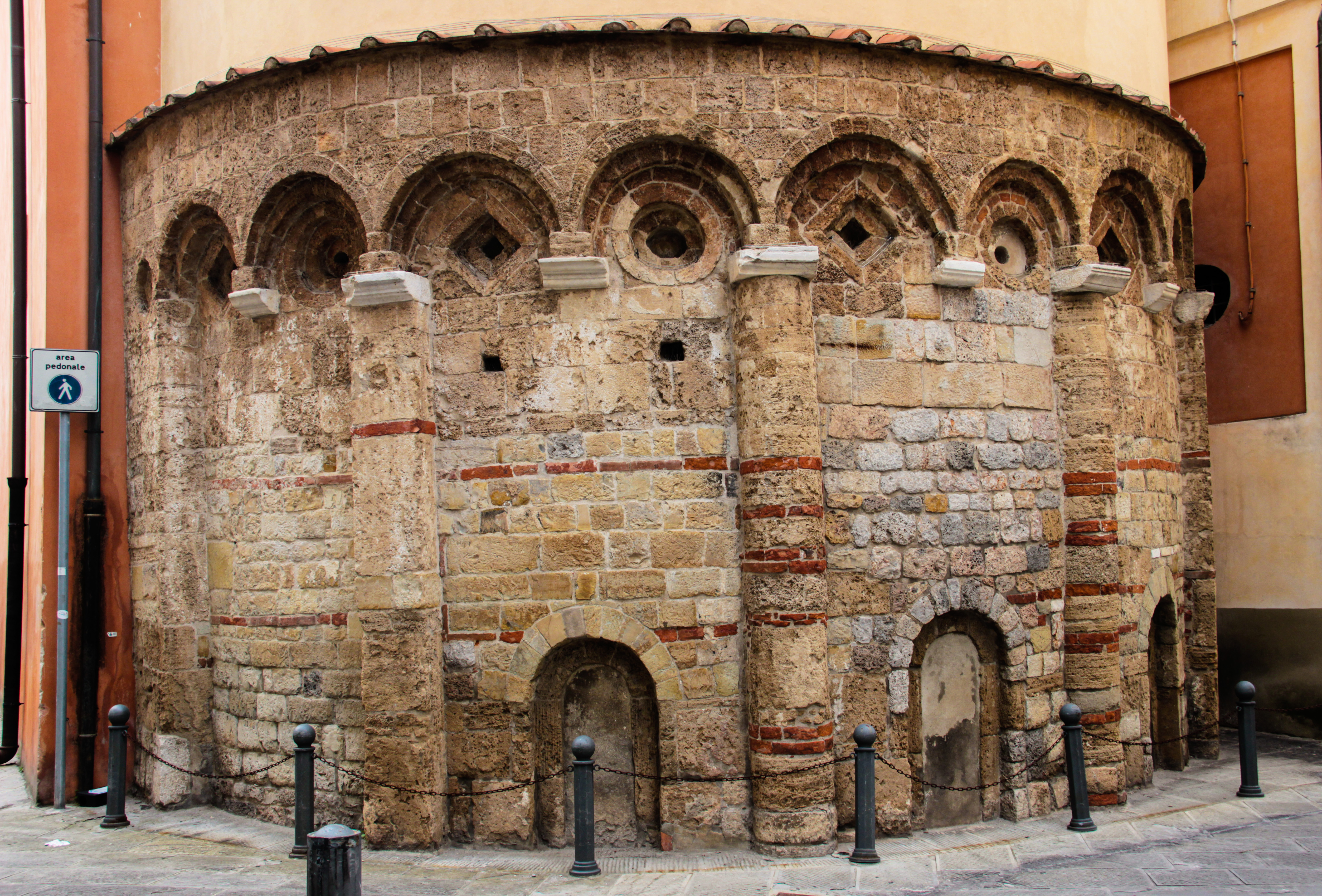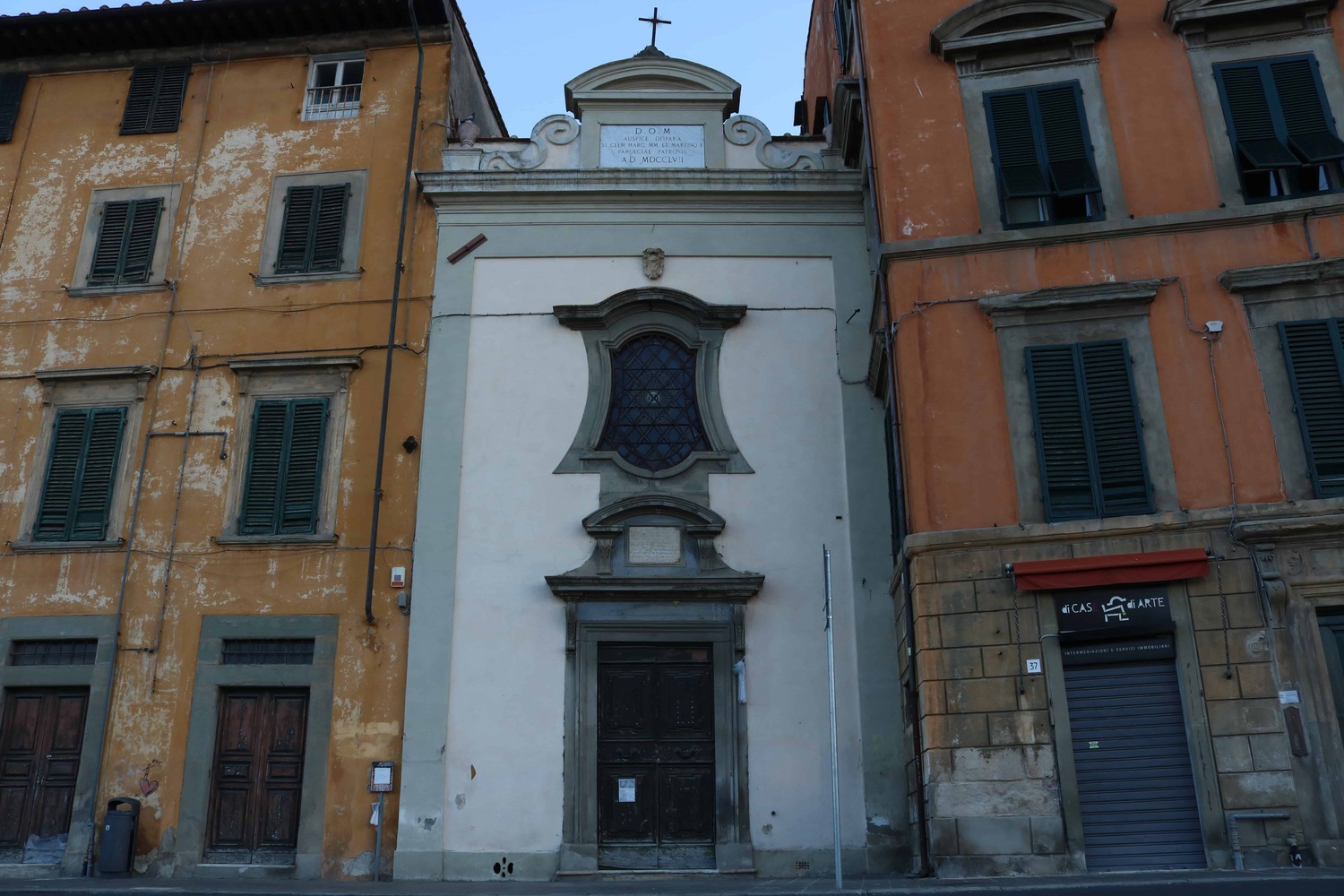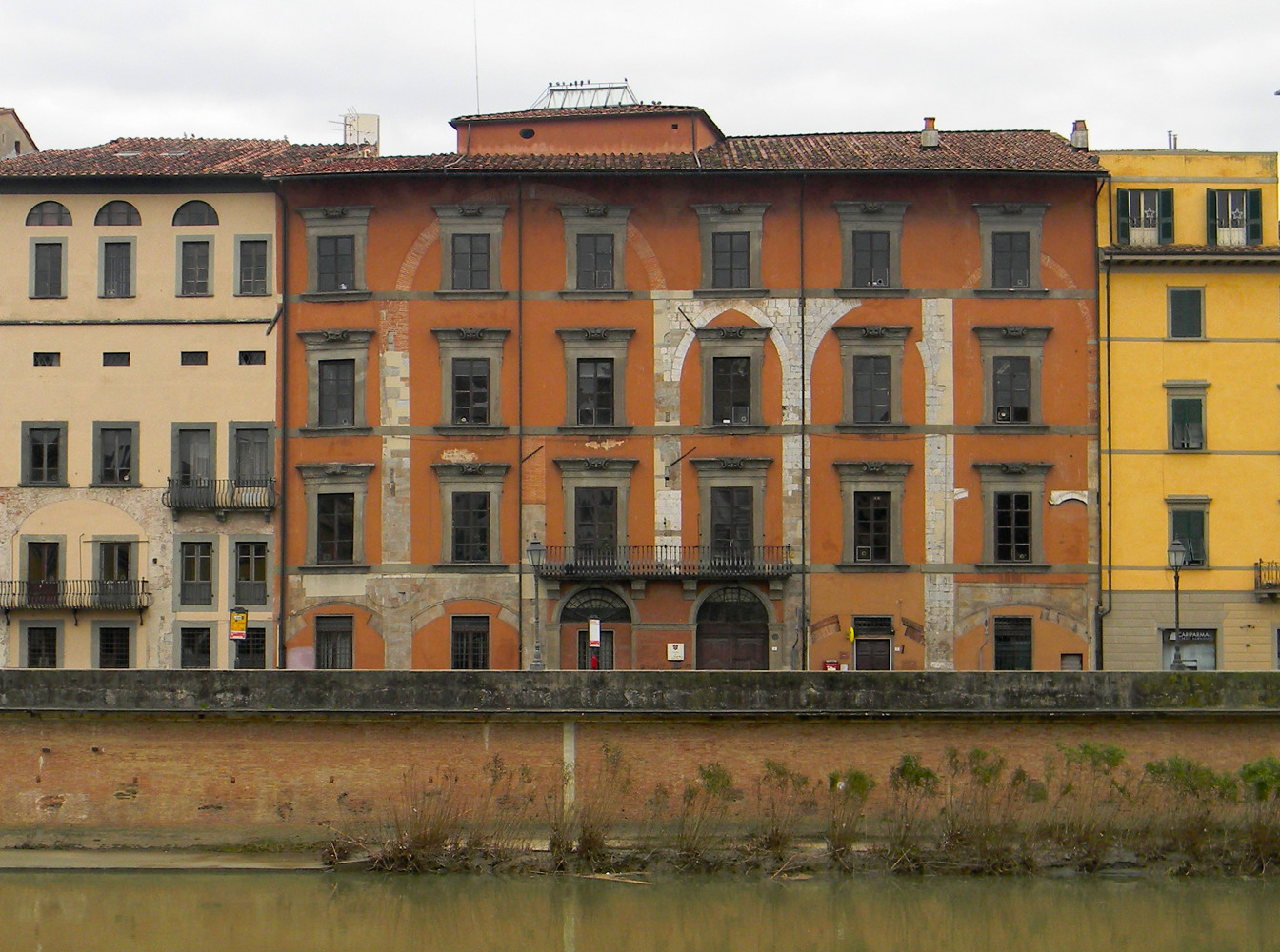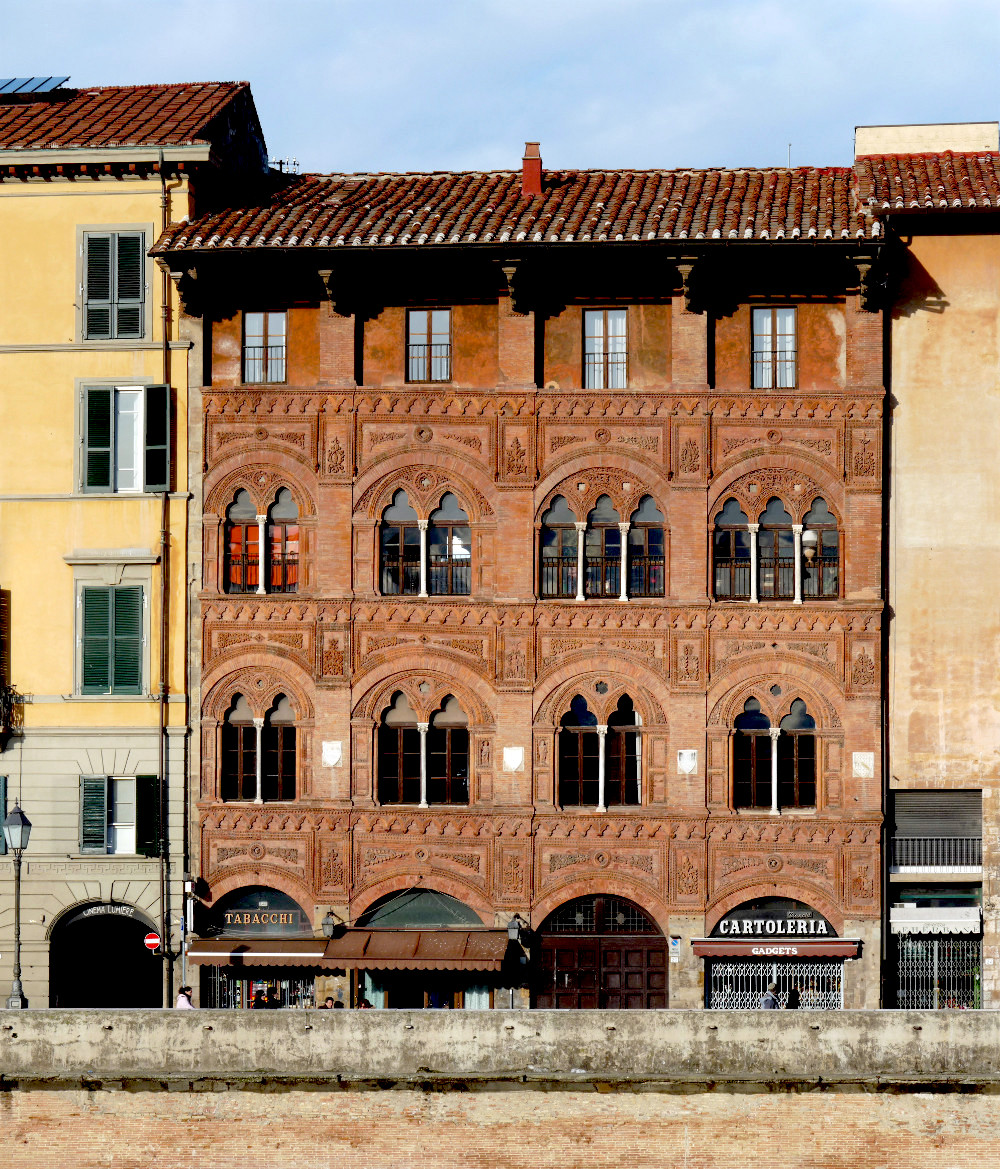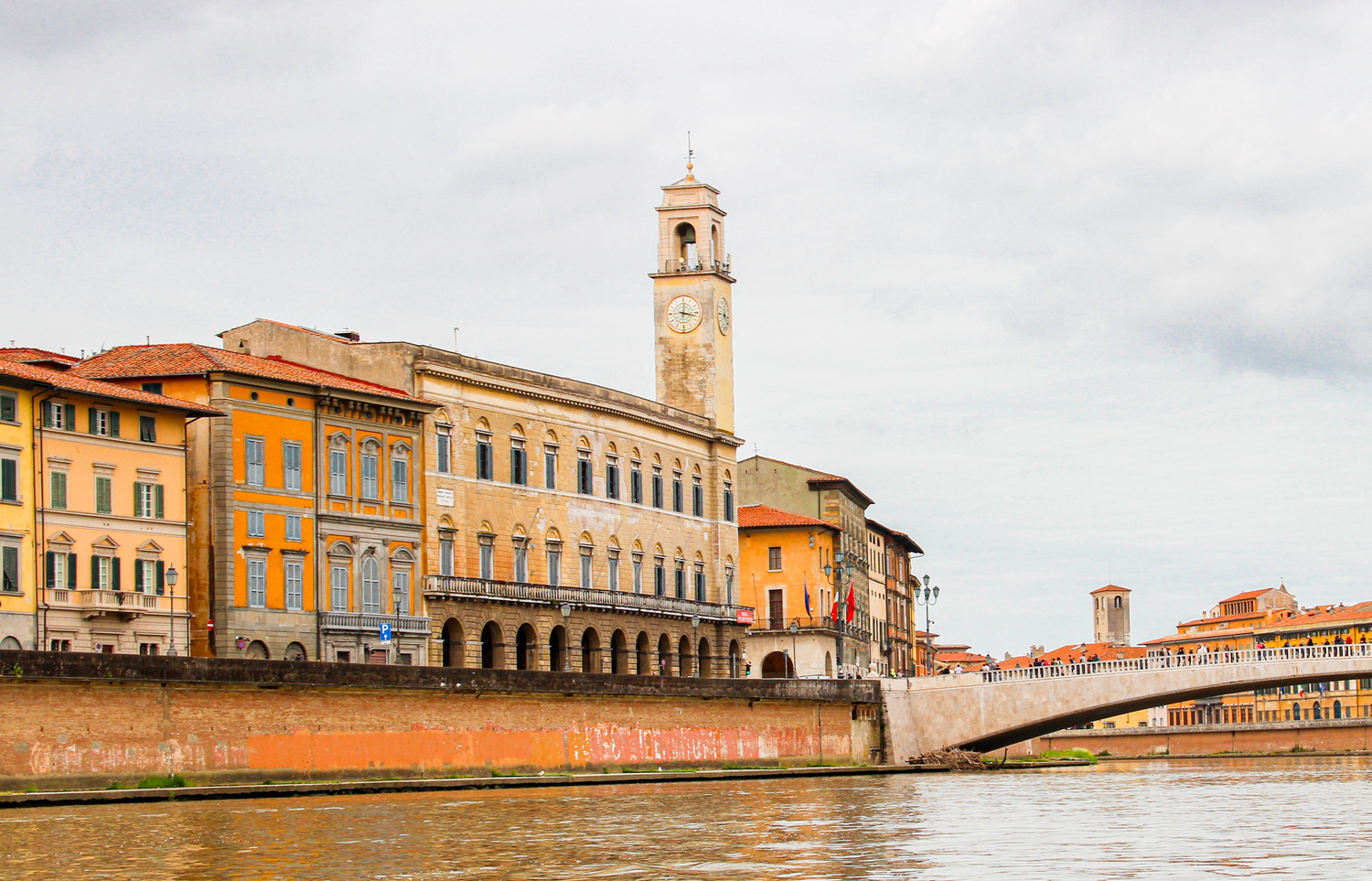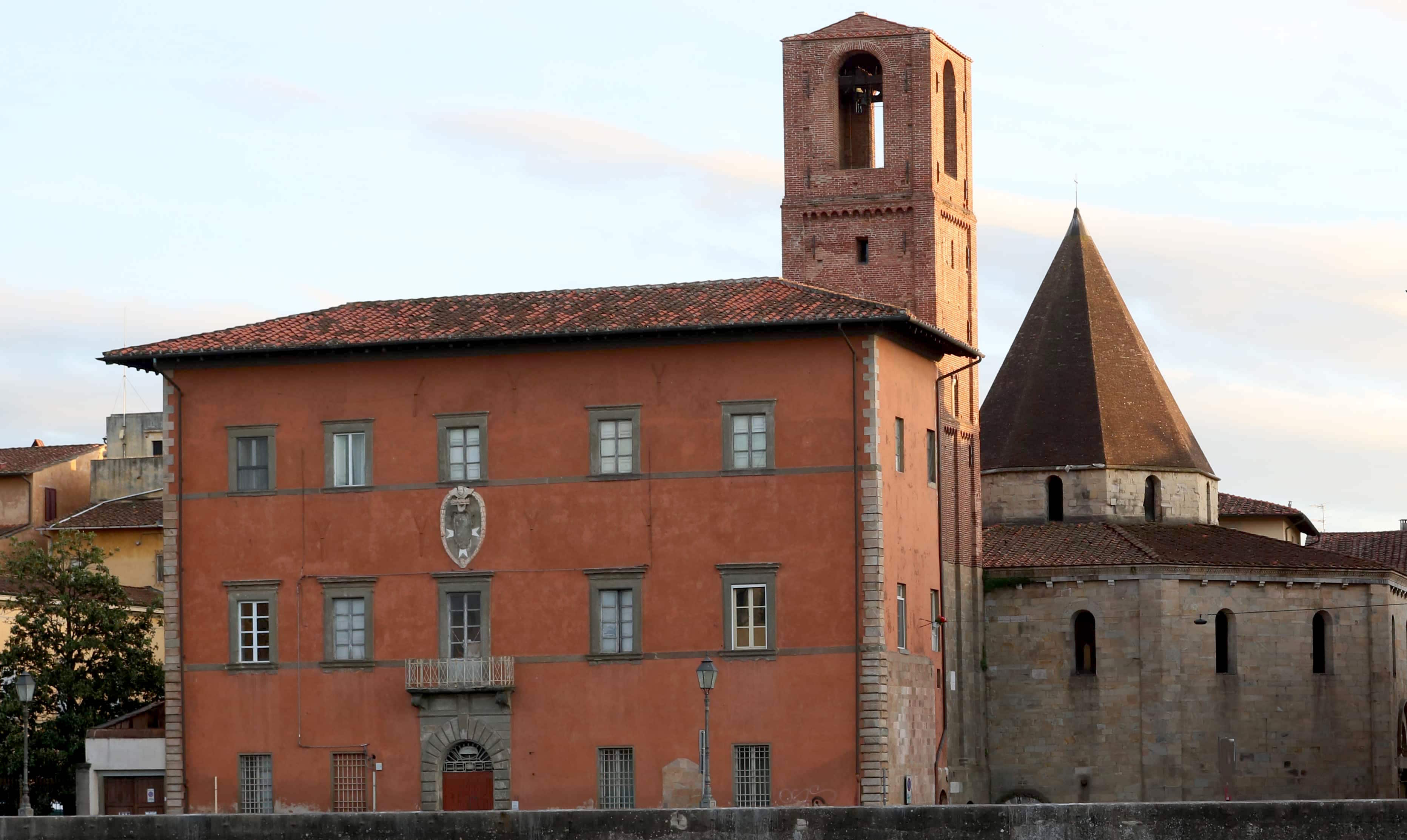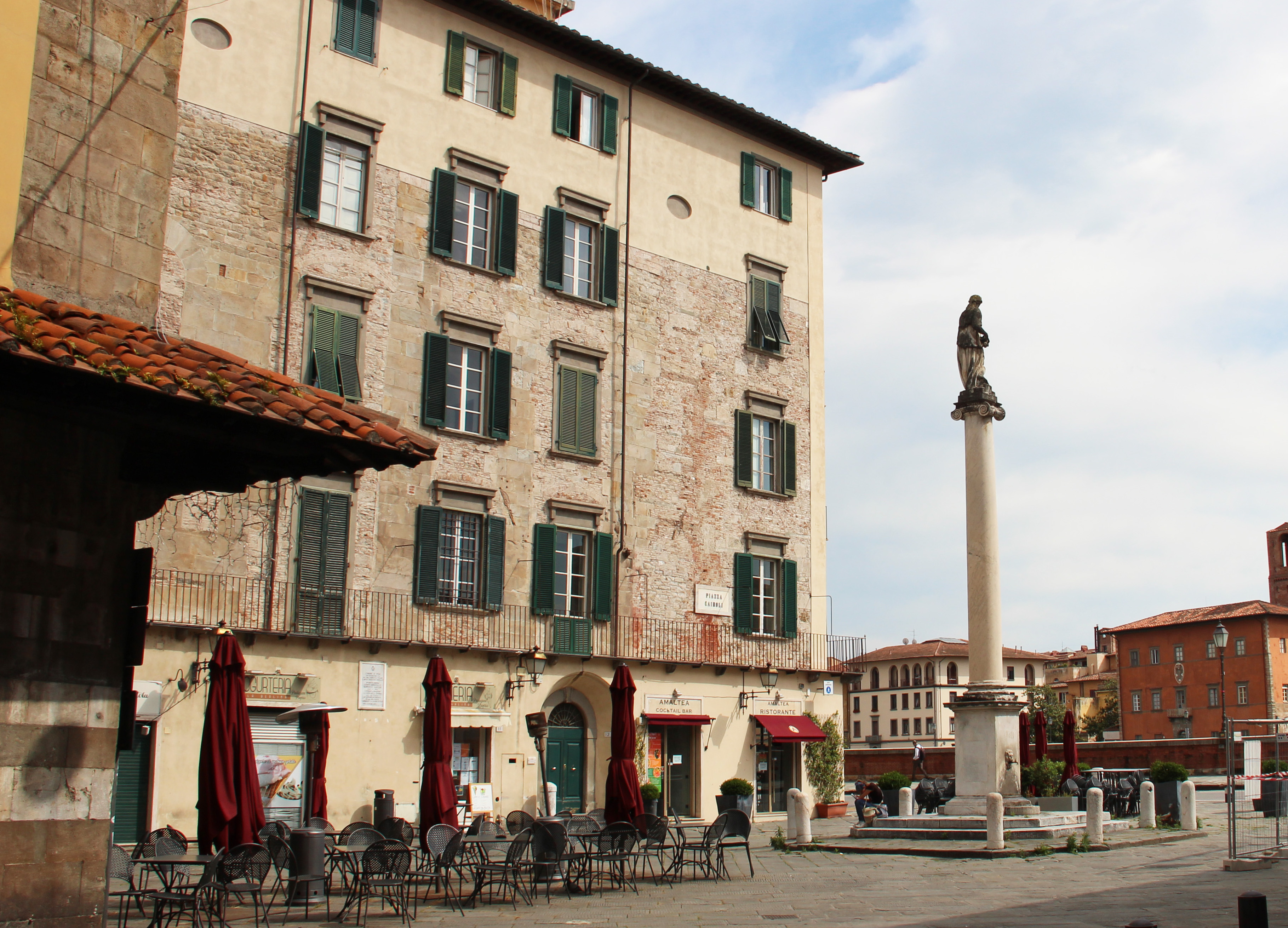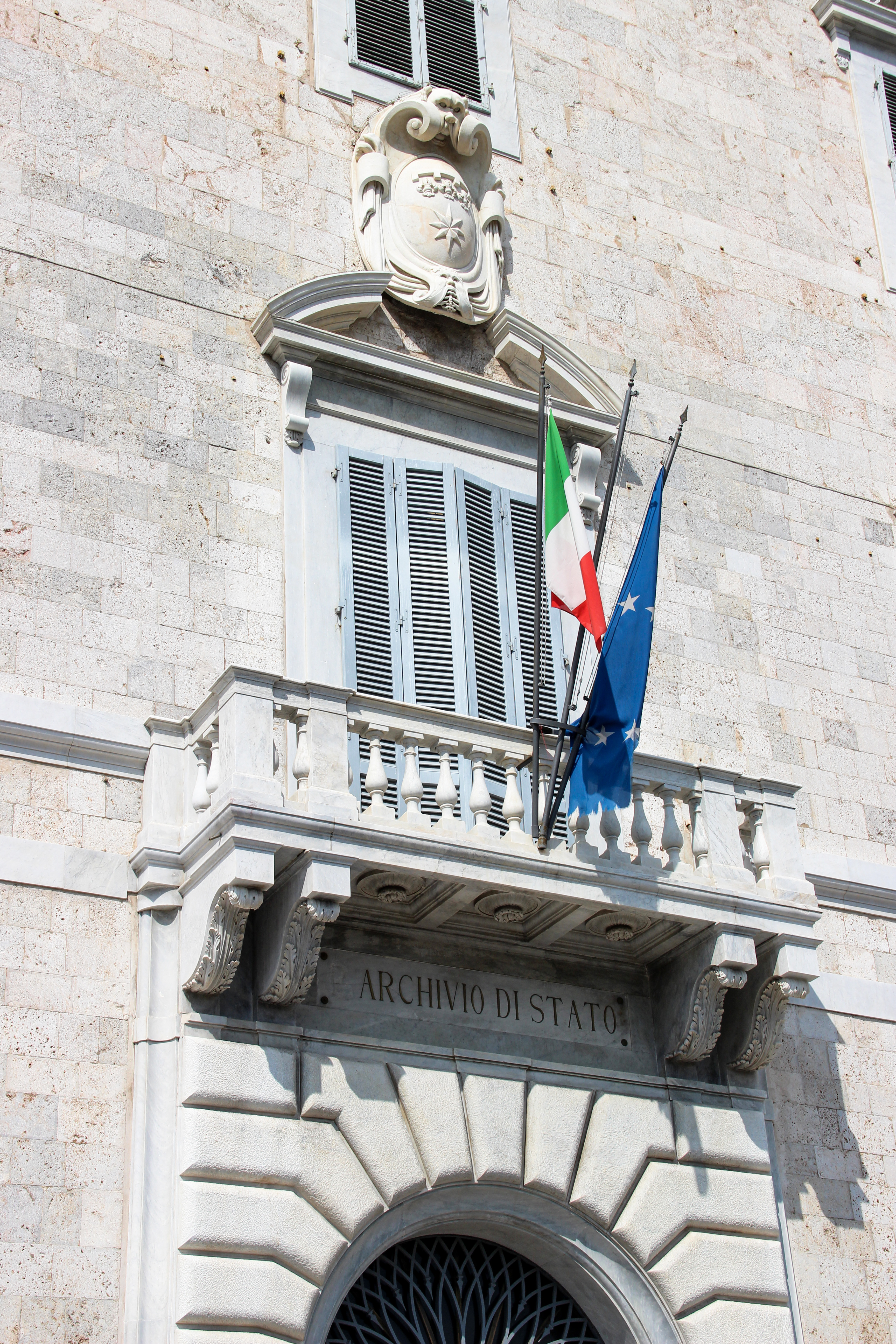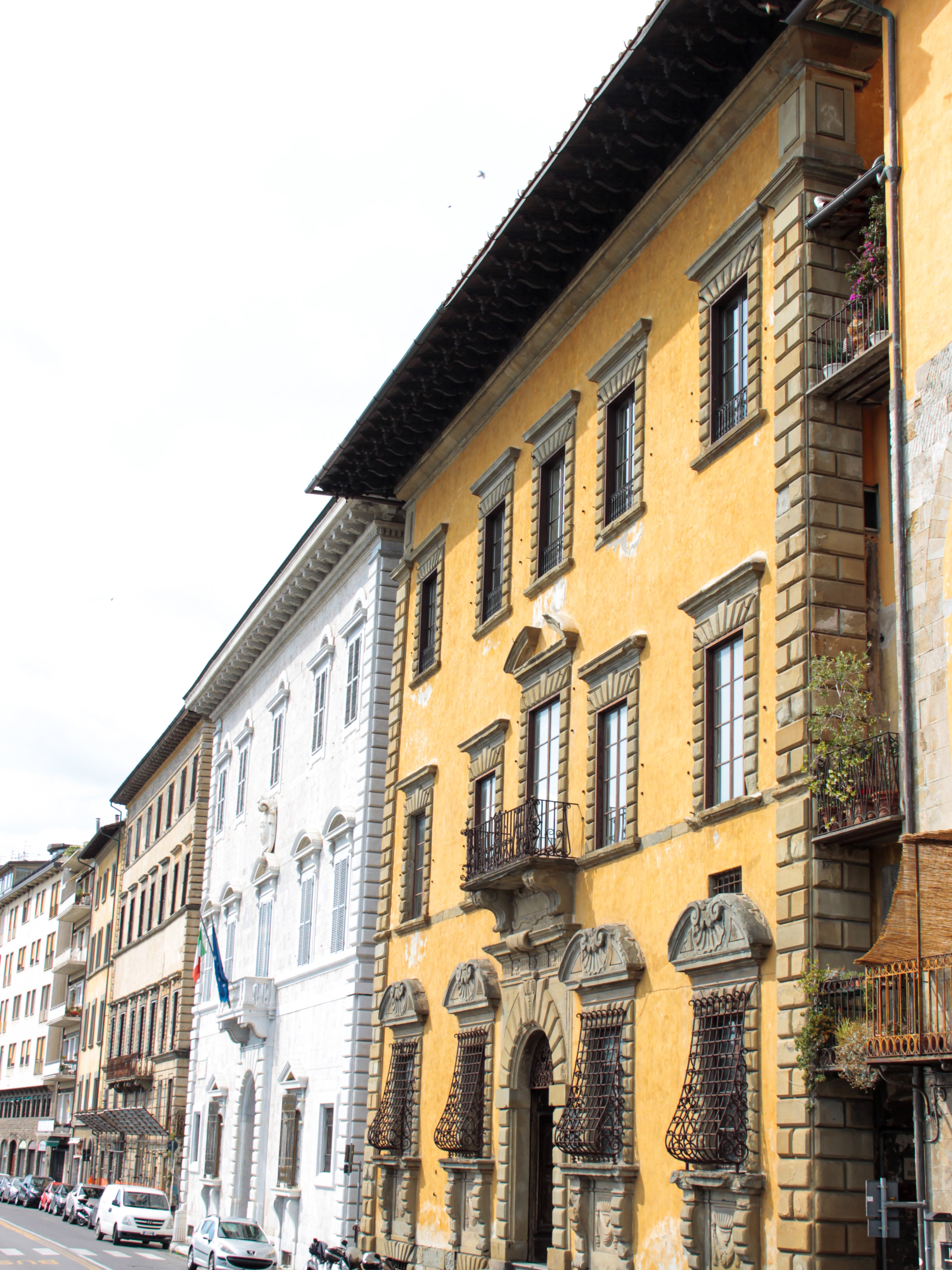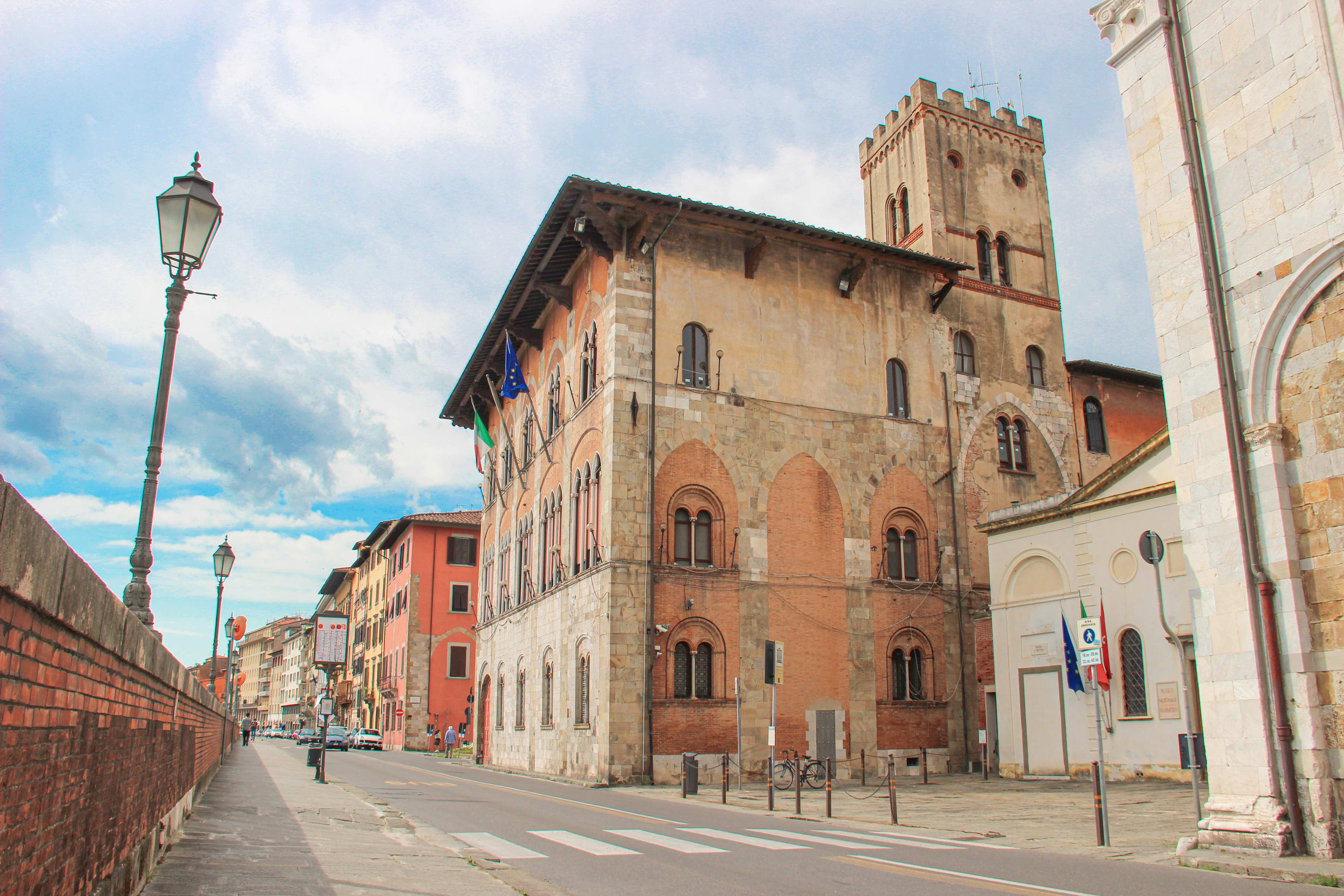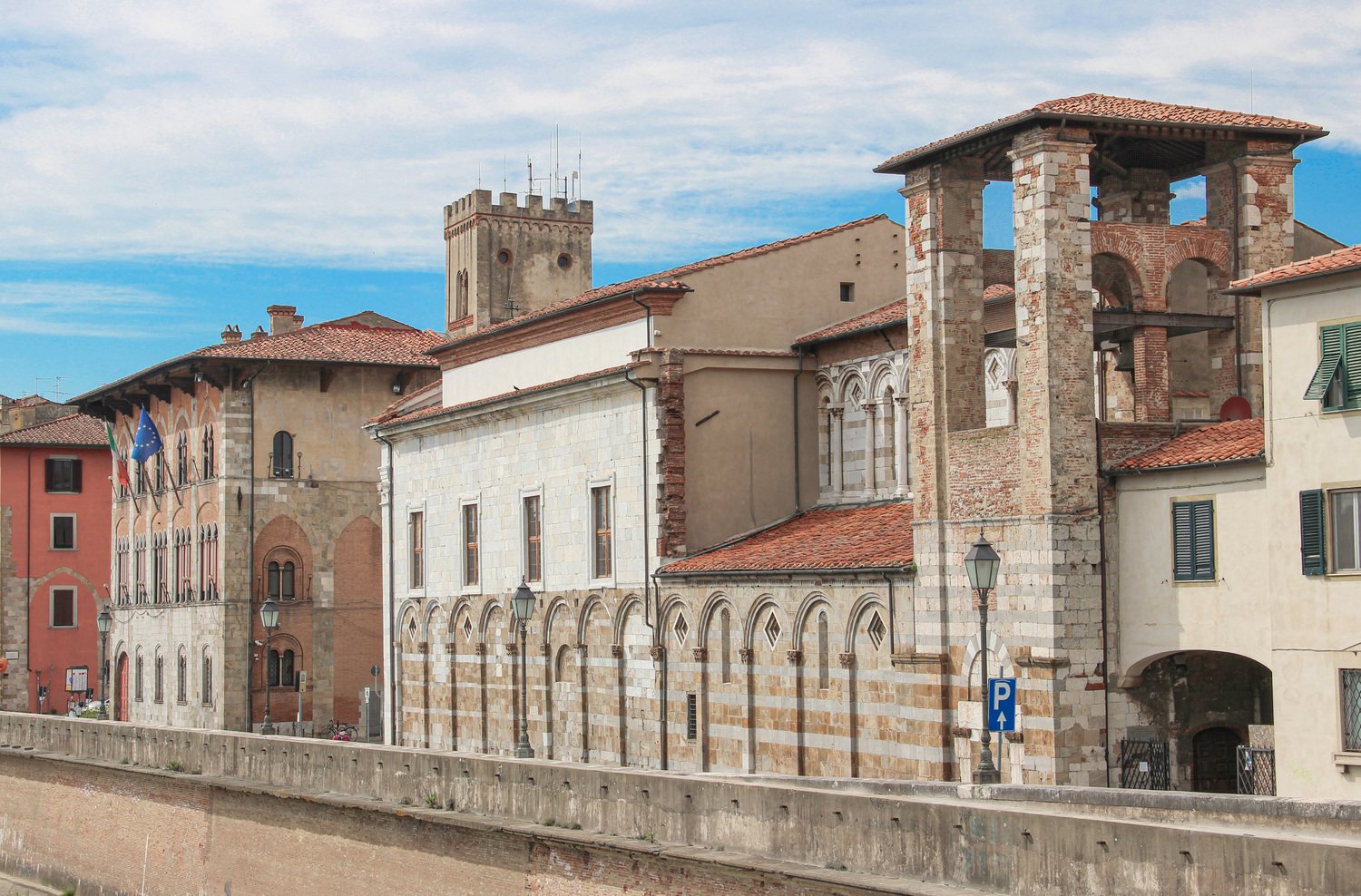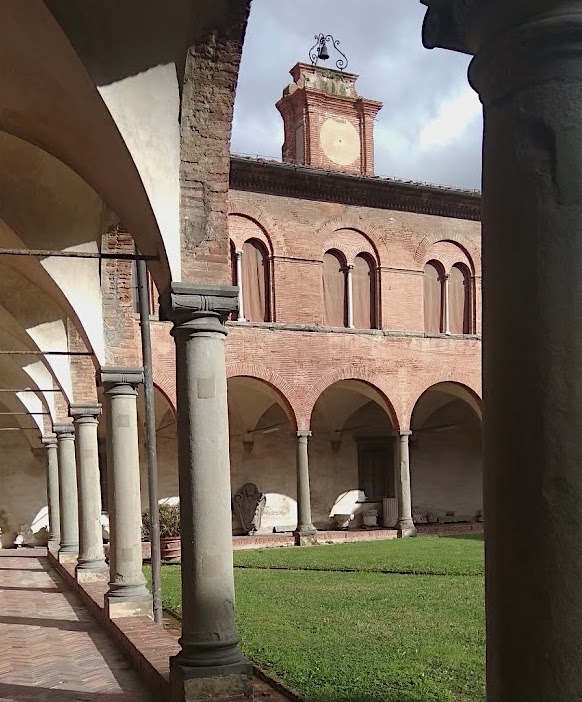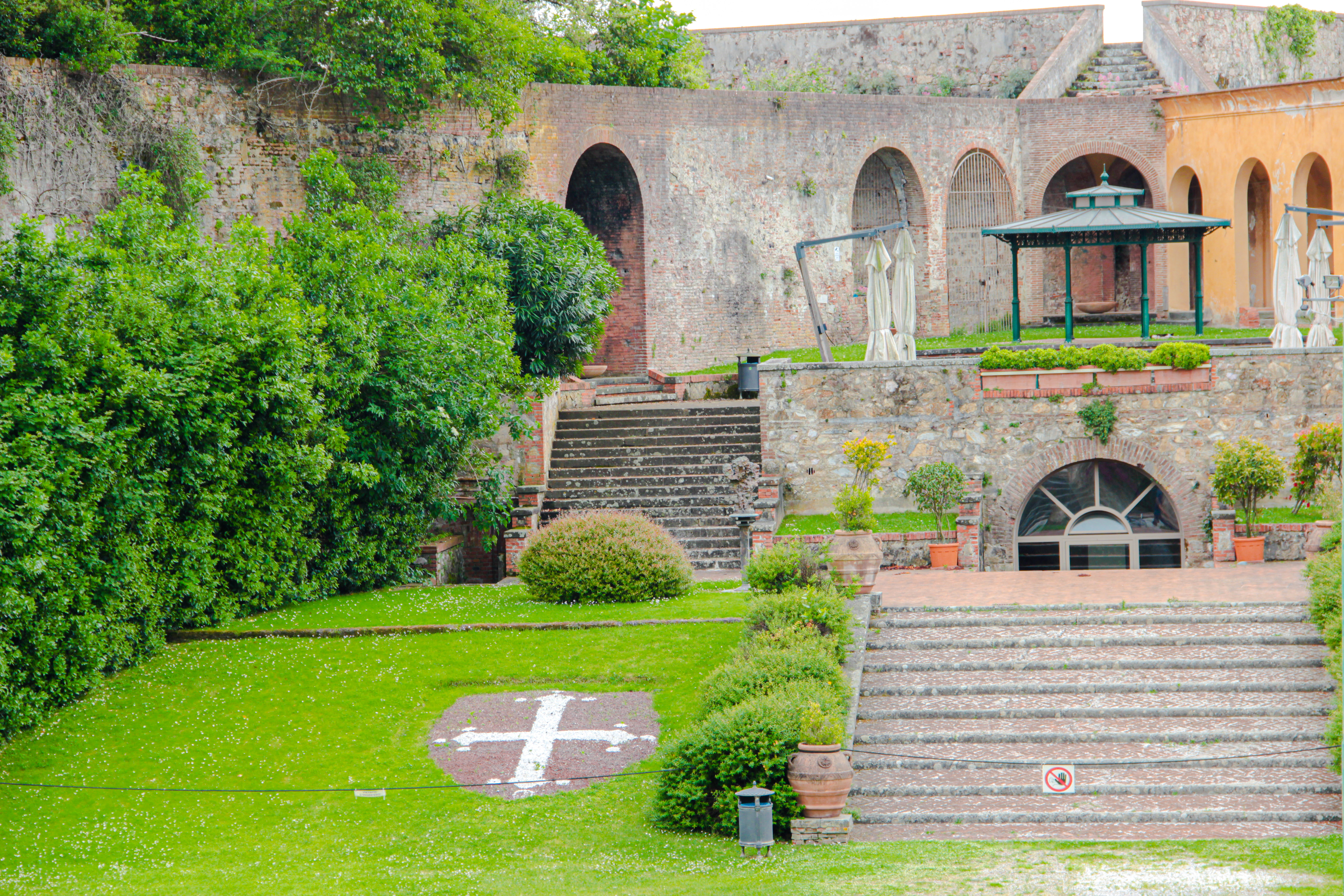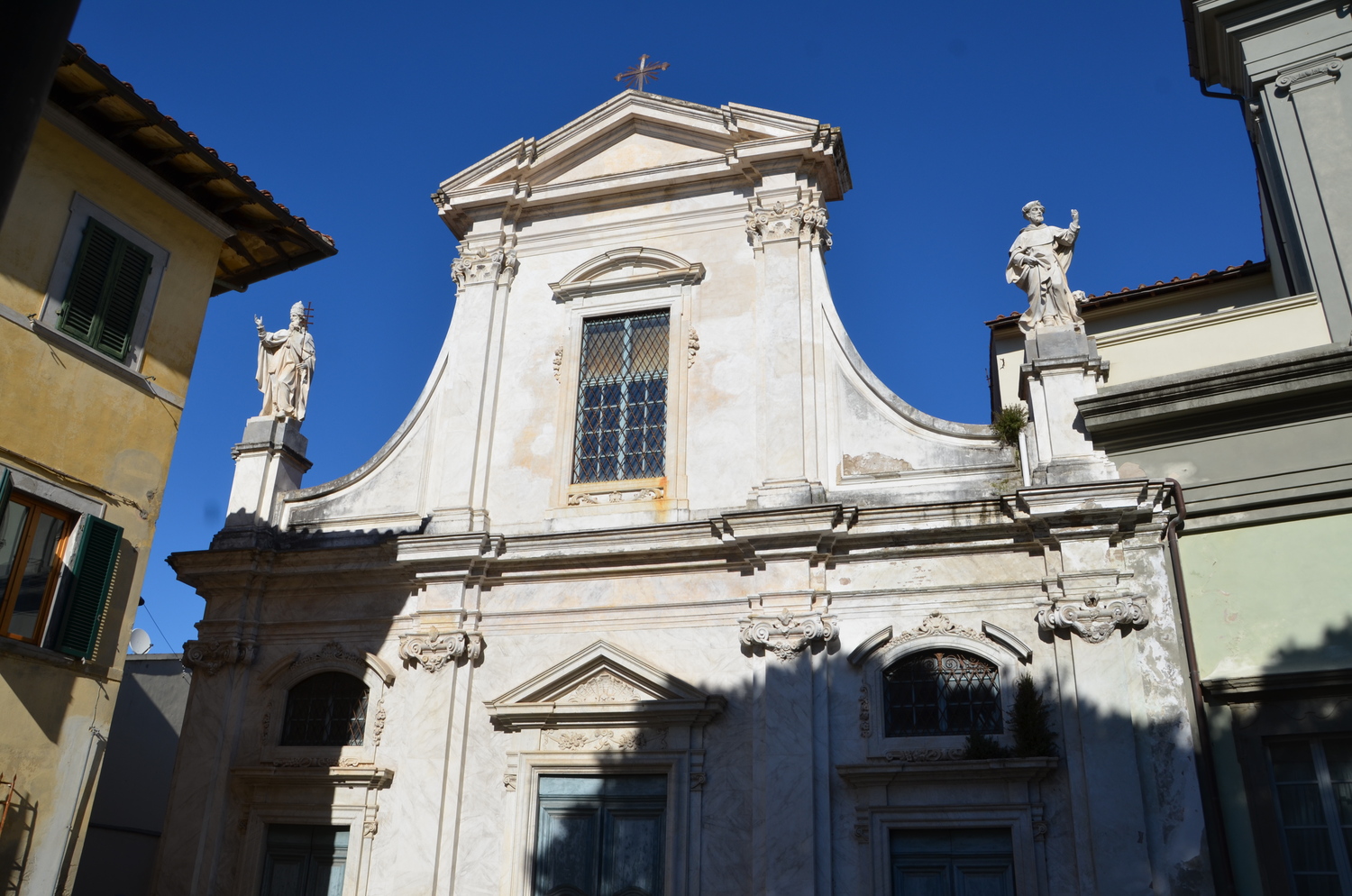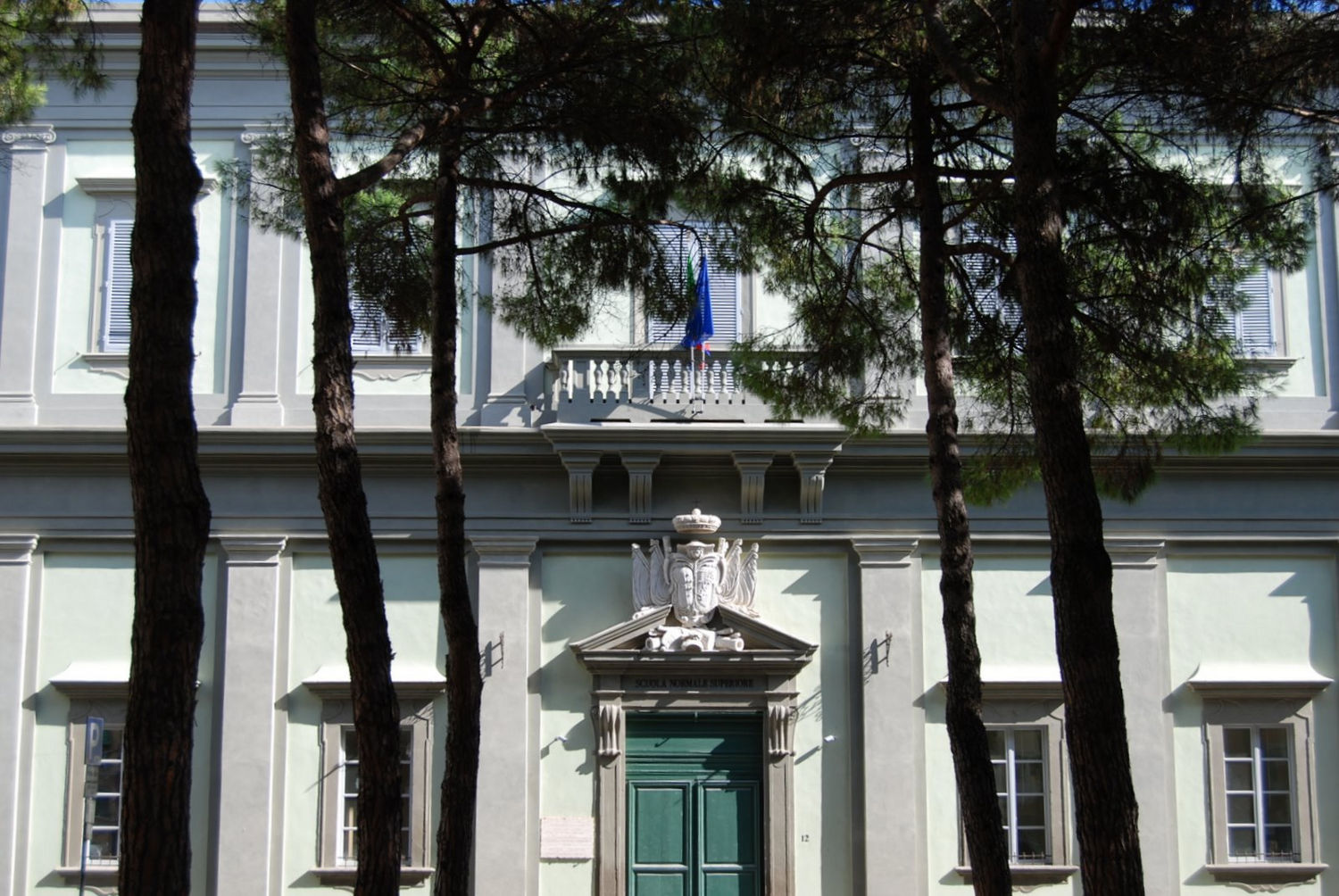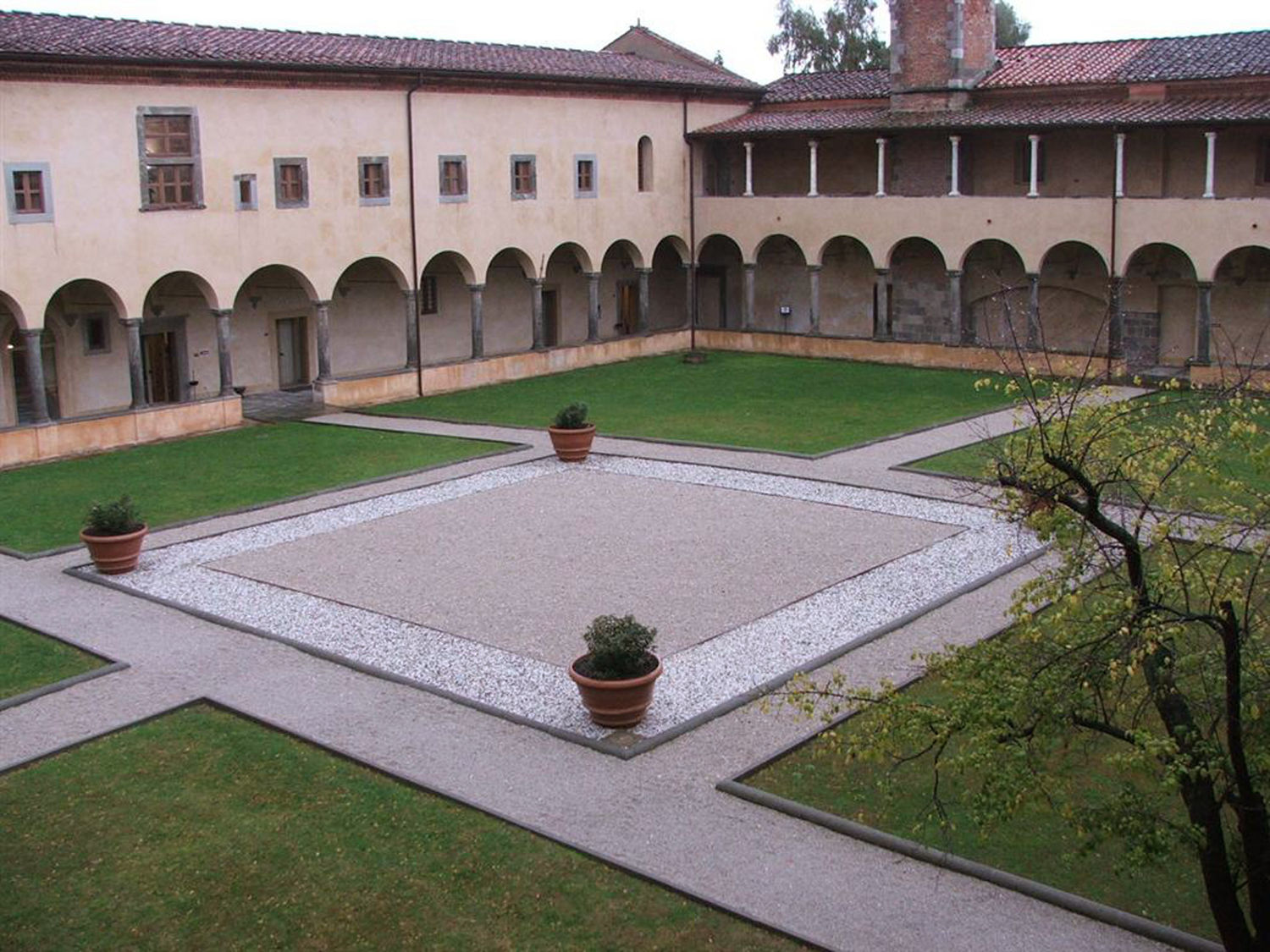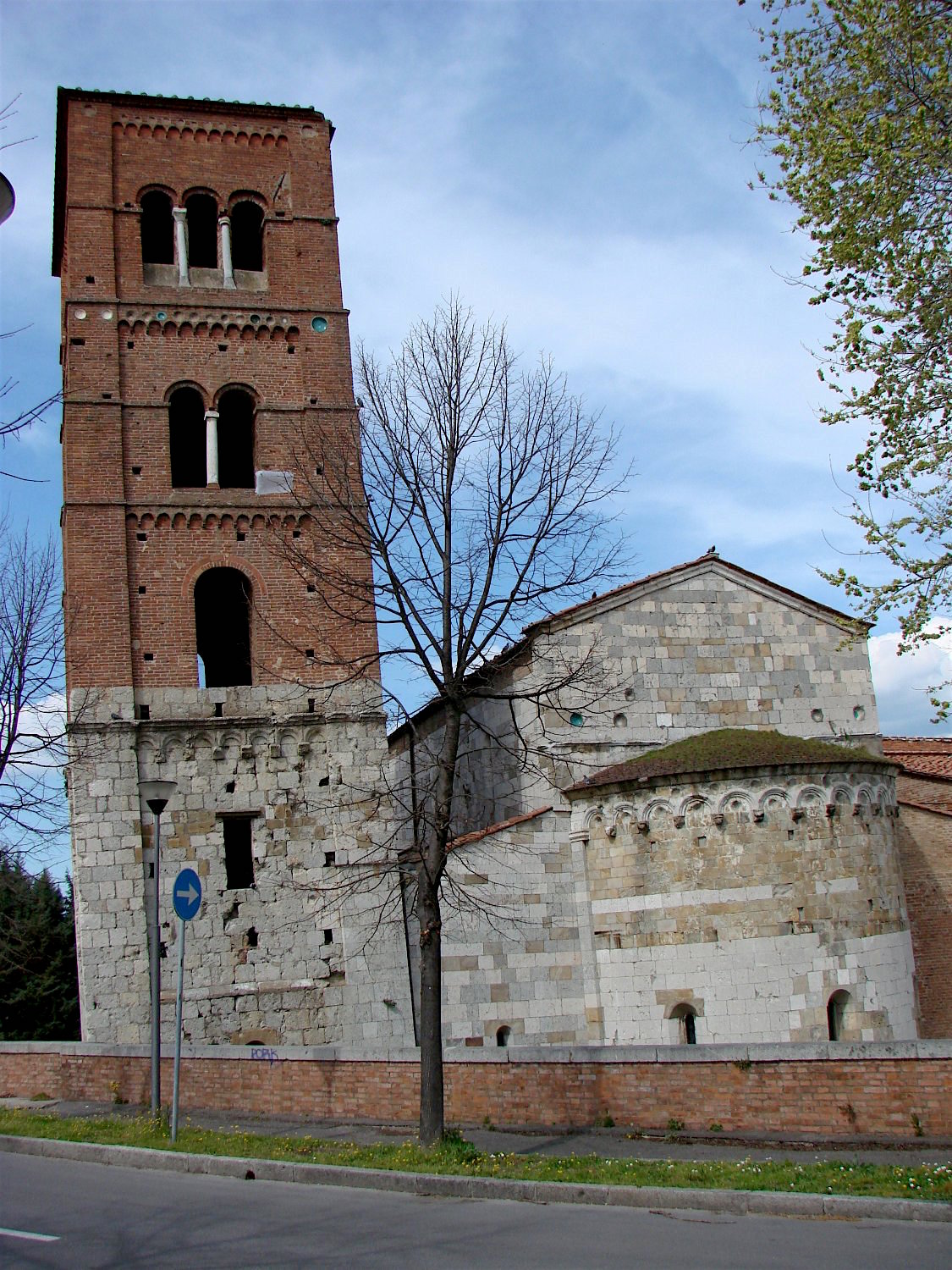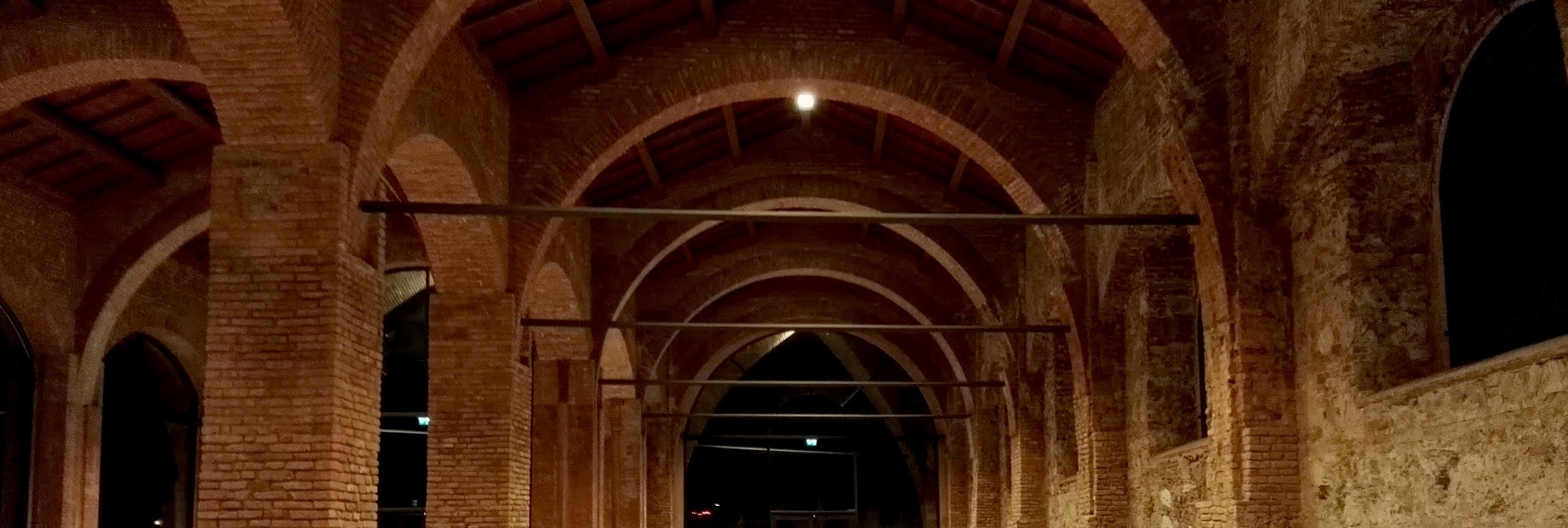Citadel Tower and Old Citadel

The area of the medieval Tersana (darsena or shipyard) expanded during 13th century at the time when military victories and the flowering of overseas commerce made it necessary for the city to find a suitable site for naval purposes.
Military defeats in the following century and a crisis in mercantile activities caused this area to be reconverted at the end of the 1300s, when Iacopo d’Appiano transformed it into a fortress; he built the S. Agnese tower by strengthening a previous one and created the first battlements in brickwork on the walls.
The Tersana, gradually enhanced with the addition of other towers (the Ghibellina, St. George and the towers on the Arno (or Degazia a Mare), definitively became a fortress under the Florentines, who ruled Pisa after 1406. They changed many aspects: the wall along the river was strengthened and ravelins built around the house over the pre-existing gate towards the sea (Porta della Degazia).
They also built a completely new tower, 18m tall, the torre Guelfa (or Citadel tower, re-built exactly as before, after bombing in 1944). It was given the name Guelfa in contraposition to the Ghibellina tower. A view of the Citadella Vecchia can be seen in a 15th century altarpiece in the nearby church chiesa di S. Nicola.
The expression Cittadella Vecchia only came into use later, to distinguish it from the Cittadella Nuova, now Giardino Scotto, built at the opposite end of the city after 1440; for this reason, the Cittadella Vecchia was used as a shipyard once more after the second half of the 15thcentury.
In the 18th and 19th centuries, the buildings of the Cittadella were used for storage, stabling and military barracks. At present it is a public park; it is planned to link it to the future Museum of Ancient Boats.


